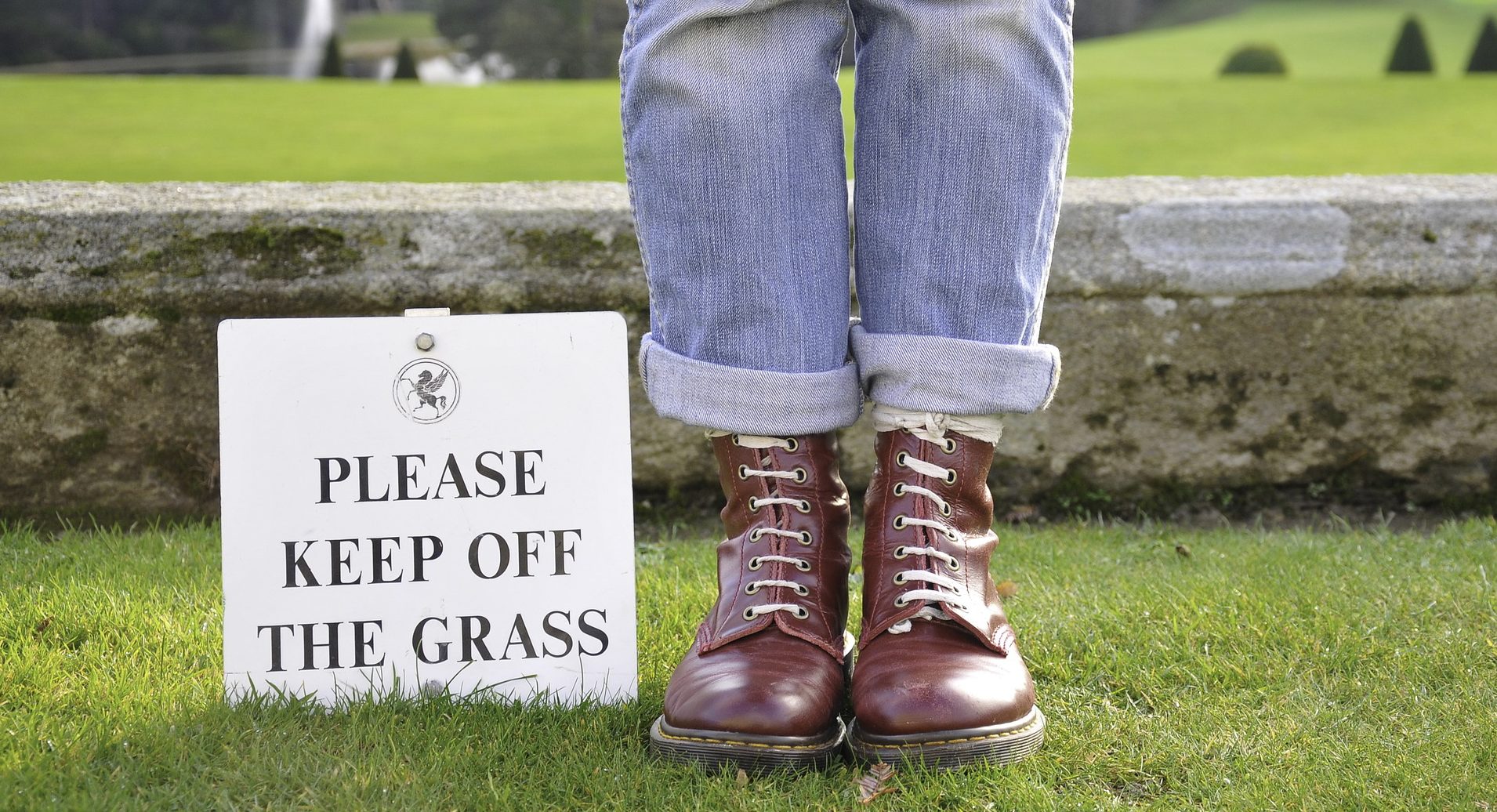A key theme of the Education for Sustainable Development seminar in Copenhagen in October was the idea of transgressive learning or transgressive actions. The verb to transgress has many negative associations for me. I see it as part of the discourse of sinning in religion for example. So the idea of encouraging transgression seemed problematic. Transformation, as described in recent posts, seem very postive, but what is the purpose and point of transgressing?
The problem is that unsustainability is the easy default in our society as currently organised. If you want to act sustainably you usually have to do something special, something different, something that is not in the normal menu of available options eg asking a baker to put your cakes in a bag you brought with you instead of the usual plastic bag he proffers you. That gets you noticed, and not always in a positive way. Therefore transgressing is necessary in order to effect change. But how do you do that and get results especially when you are in the role of educator, without causing conflict and rebellion?
Embrace conflict
One way is to expect and embrace conflict, though not in a destructive way, but instead in a controlled and analytical way (but see below about the importance of emotions and feelings). I wrote about managing conflict in a series of posts in August 2016. And it is possible to use Visible Thinking tools to get behind the objections and stereotypes that students may have about adopting sustainable practices.
Facilitating transgression
Here are a few pointers that we came up with in our Open Space session.
- Create room for reflection
- Manage conflict positively
- Provide economic models that are attractive
- Be brave! How to get the courage?
- It is scary, but always provide hope to get through the scariness
- Trust your learners to follow you and even lead you
- Target feelings and emotions rather than expecting the facts and stats to speak for themselves
- Collaborate with local communities to increase the feeling of connection
- Become uncomfortable together
- Use stories, for example of success or best practice
- Show that you are living it
- Present a possible picture of the future but leave lerners to work out the detail of the solution
- Practice social learning
- Guerilla-norming (see below)
Examples
One example was an institution that had an annual electricity free day. Knowing that it was going to happen in advance meant that activities for that day could be planned and that students could reflect on the benefits as well as whether the drawbacks were really so bad.
My favourite example was something we quickly dubbed guerilla-norming. One cohort of learners were persuaded over some objections to adopt some sustainable practices, such as sorting waste. By the time the next cohort arrived, sorting waste just became ‘how we do things round here’ and nobody even objected.
Conclusion
Of course we did not solve the problem in the 45 minutes allocated to our session but we did get a better understanding of what transgression learning is and what it might look like. And you may have even better ideas.

